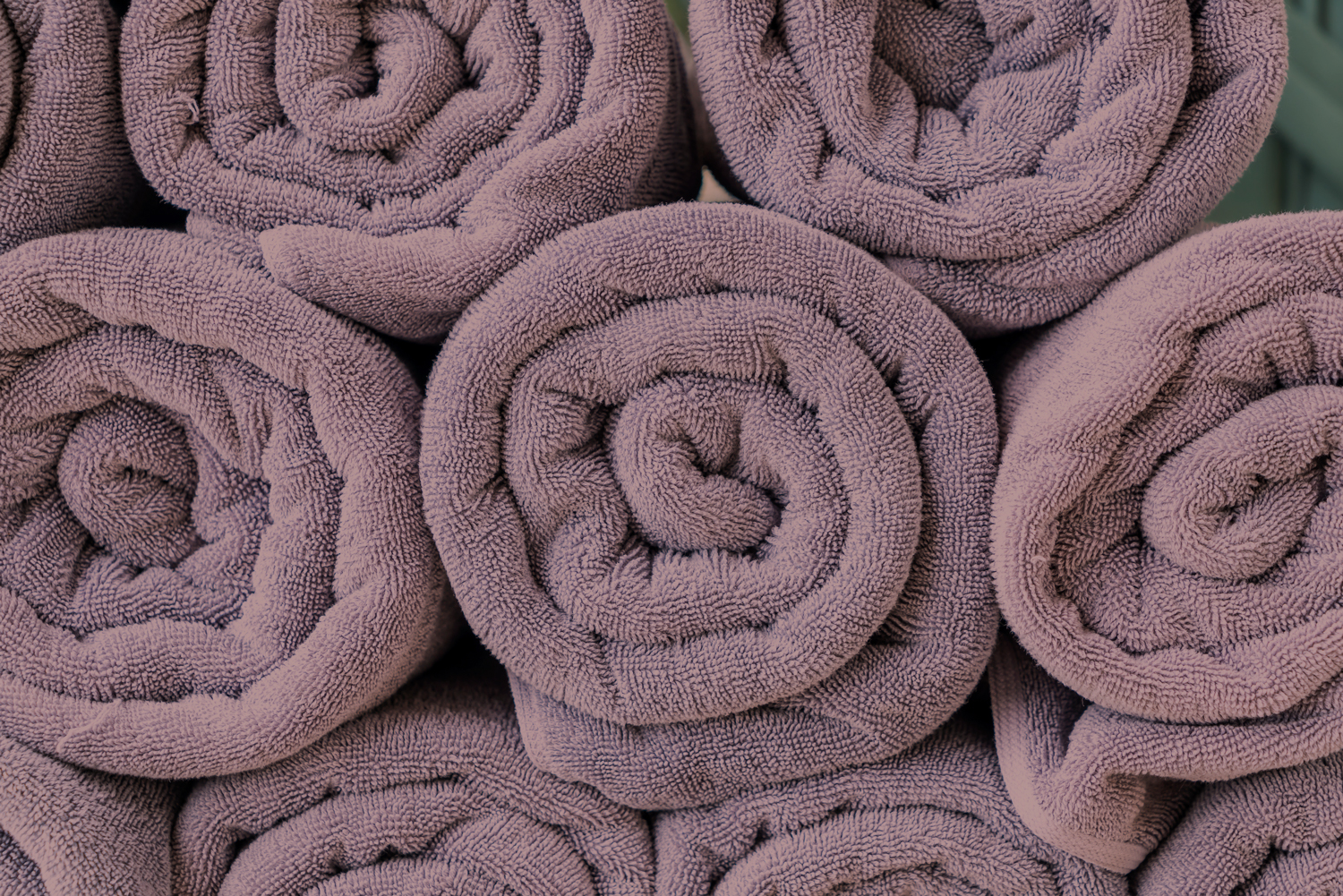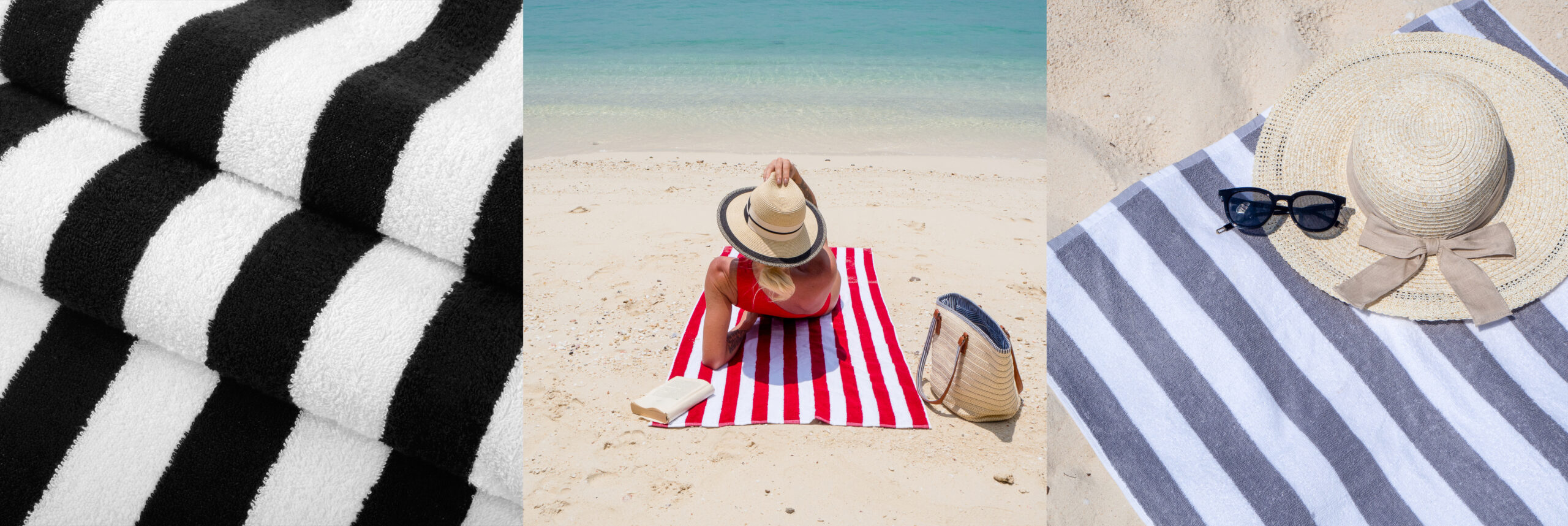People who clean professionally may not know the scientific reasons that make microfiber cloths so good, but they will tell you that it is a truly versatile fabric. Unlike traditional cotton cloths, which tend to move dirt around on surfaces rather than lift it, microfiber towels trap dirt, bacteria, and chemicals. While the cloth construction is innovative in its “dirt-grabbing” capabilities, it serves another purpose. The textured thread is produced by splitting the microfiber yarn. The yarn is literally cracked up-to ten times while remaining whole. It gives the cloth a positive charge. Dirt has a negative charge, so detritus is attracted to the cloth. Care instructions for microfiber cloth explicitly say not to use fabric softener or bleach, and to dry on low heat. Fabric softener and bleach release the positive charge. Excessive heat will melt the tiny cracked fibers into one whole fiber again which inhibits the effectiveness of the microfiber cloth.
Career janitorial workers know that one of the microfiber cloth’s critical benefits is that microfiber is equally efficient for dry dusting as wet wiping — two tasks with very different cleaning challenges.
Dry dusting is the first step in professional cleaning. Starting at the top of the walls and working toward the floor with dry microfiber towels eliminates falling particles during the subsequent cleaning phases. There is no need for chemical sprays to attract the dust, thanks to microfiber’s unique properties. Not only does this save money on supplies, but it also saves time by eliminating extra steps.
Wet wiping is the next step in professional cleaning. One can wipe small marks and smudges on walls and surfaces with a damp microfiber cloth, and there is no need for cleaning agents at all. A minimal amount of water and a little “elbow grease” is enough to clean fingerprints and minor dirt spots or smudges. Microfiber wall washing cloths are the product of choice for this task.



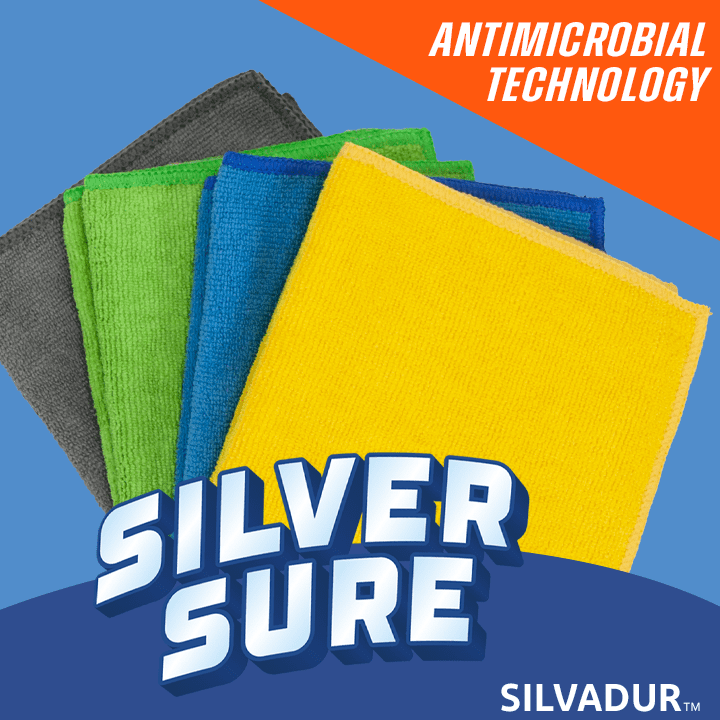
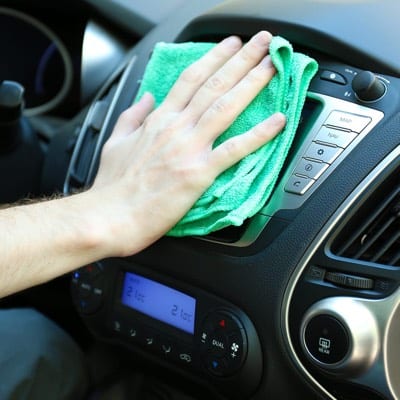
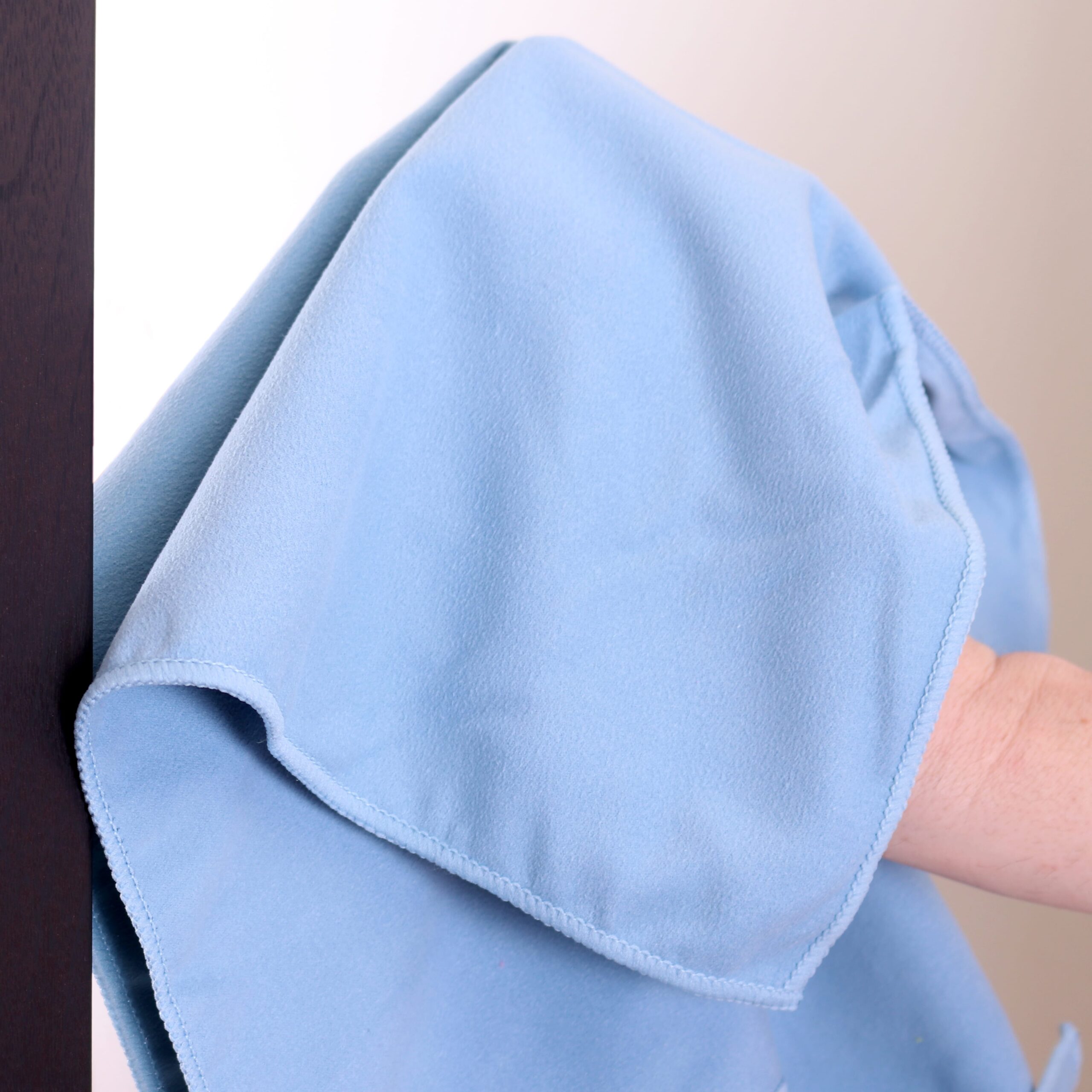
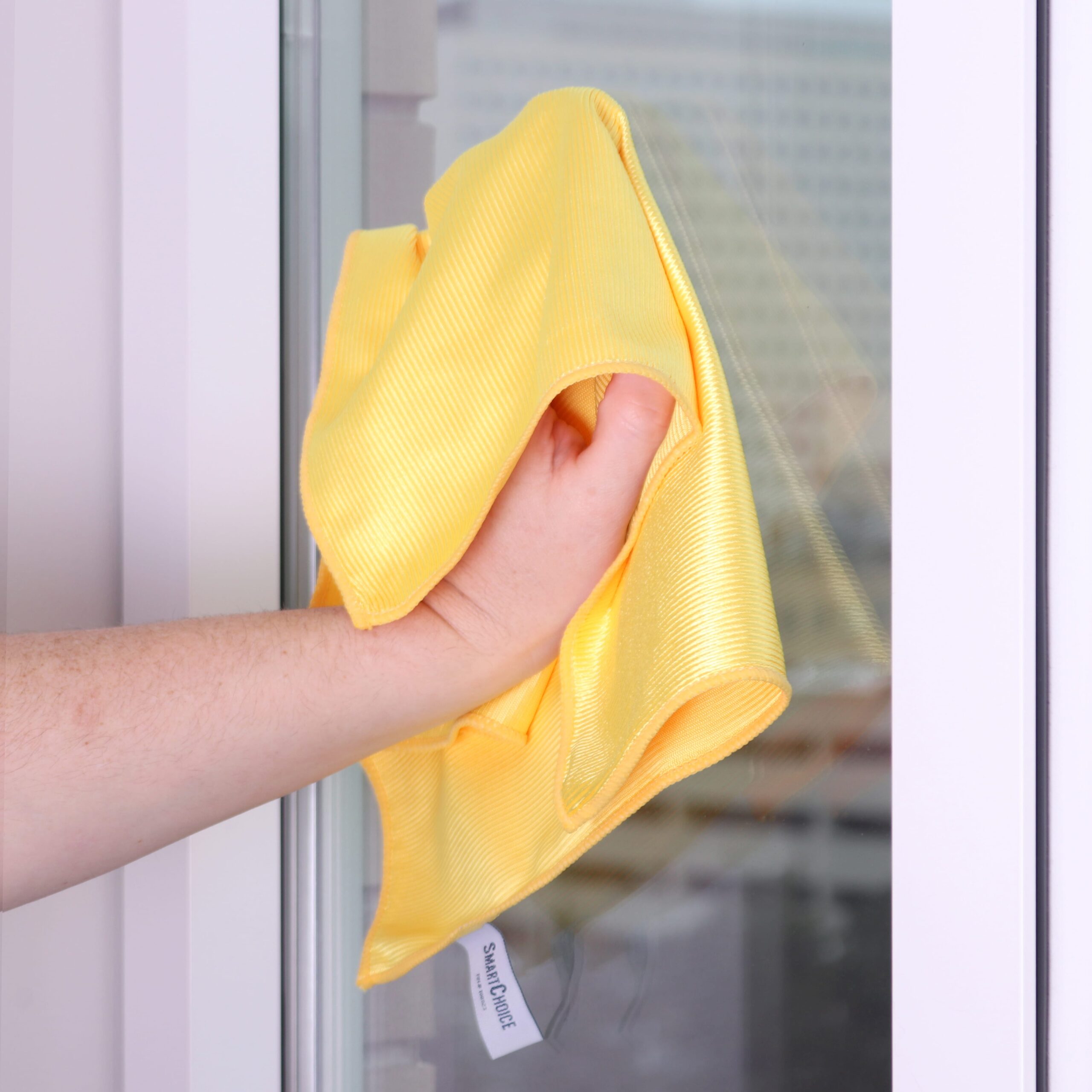
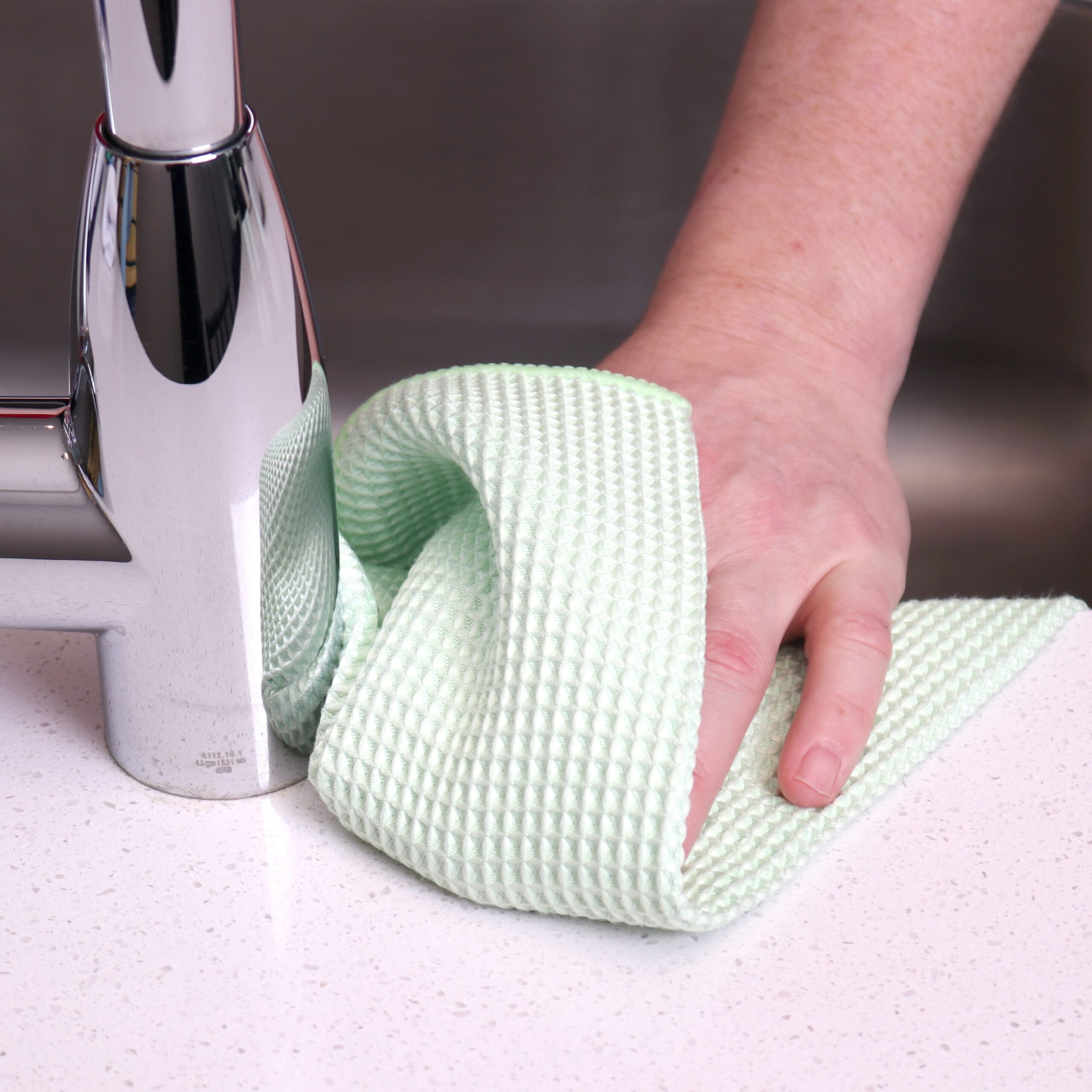
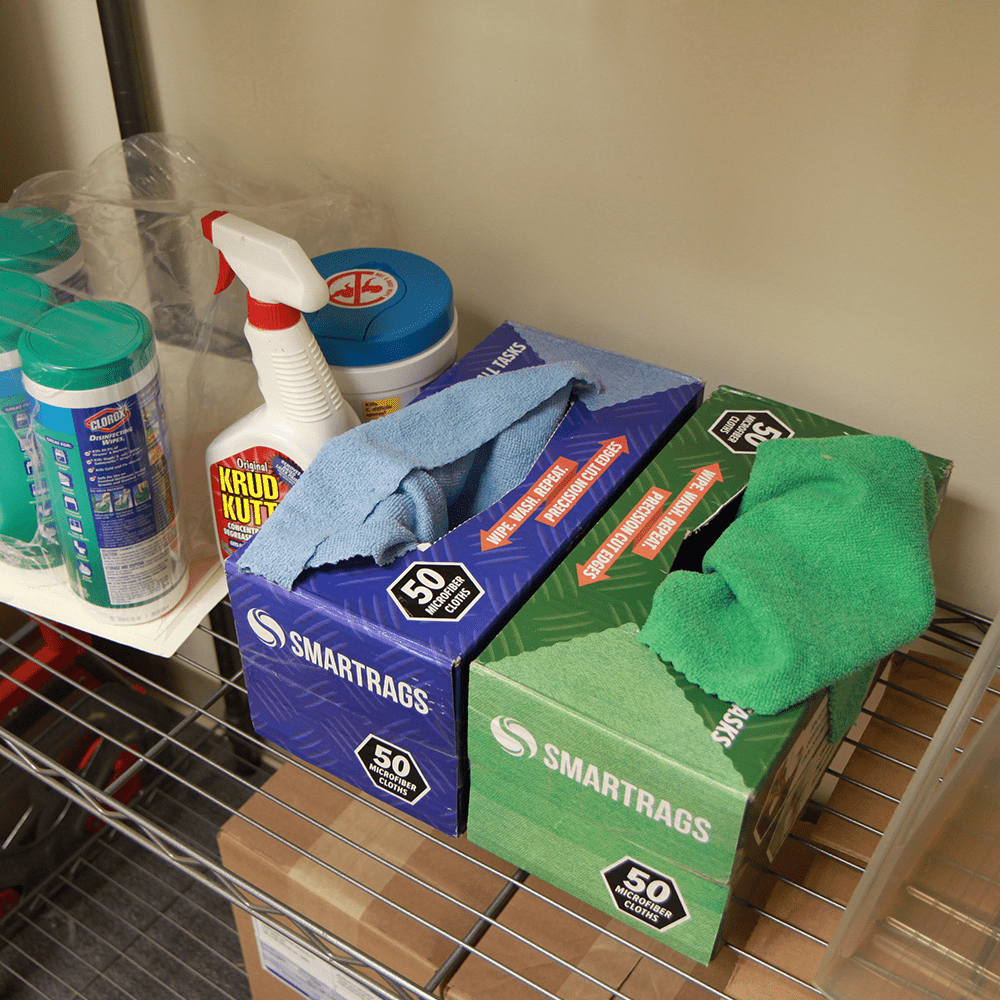
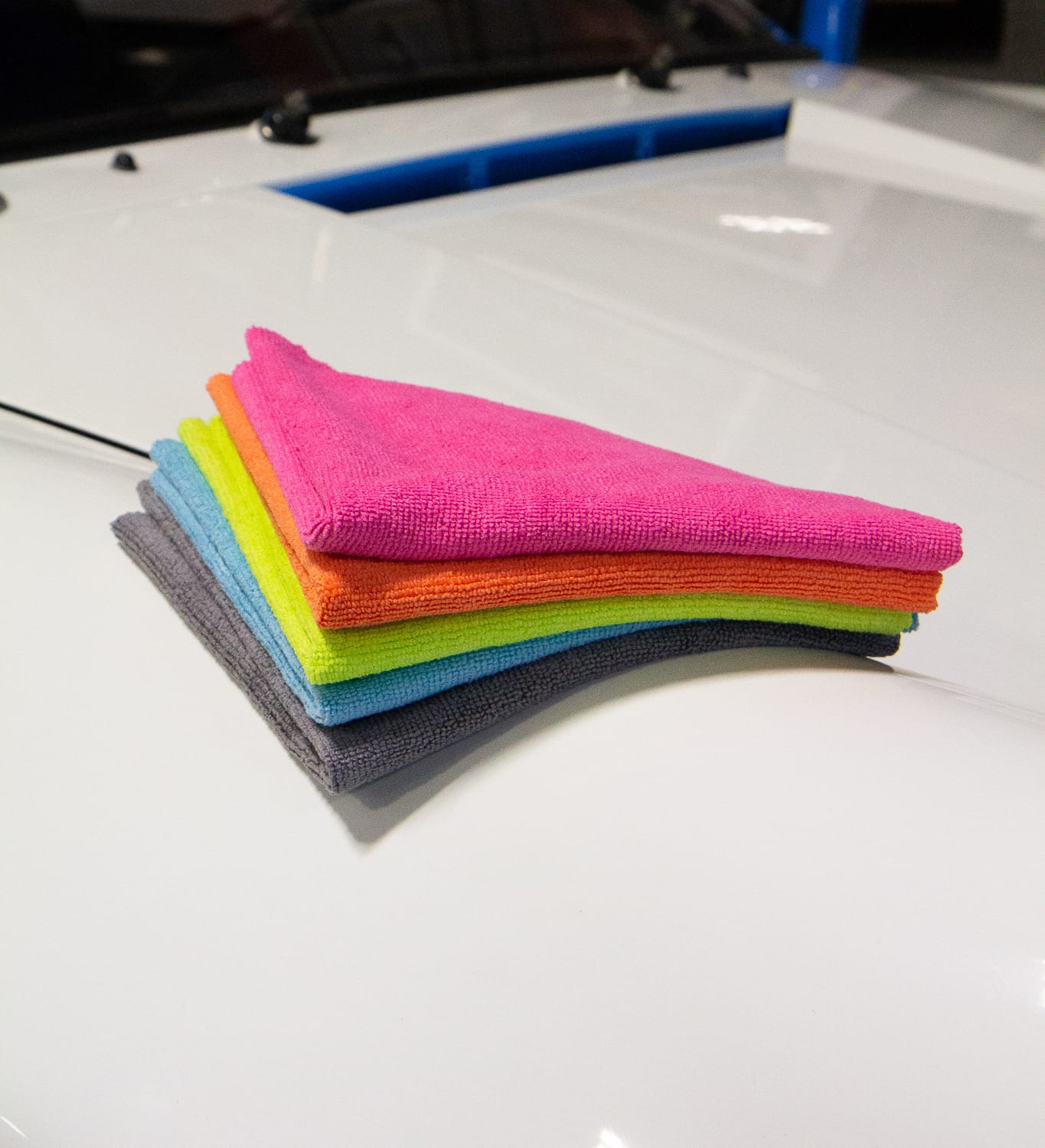
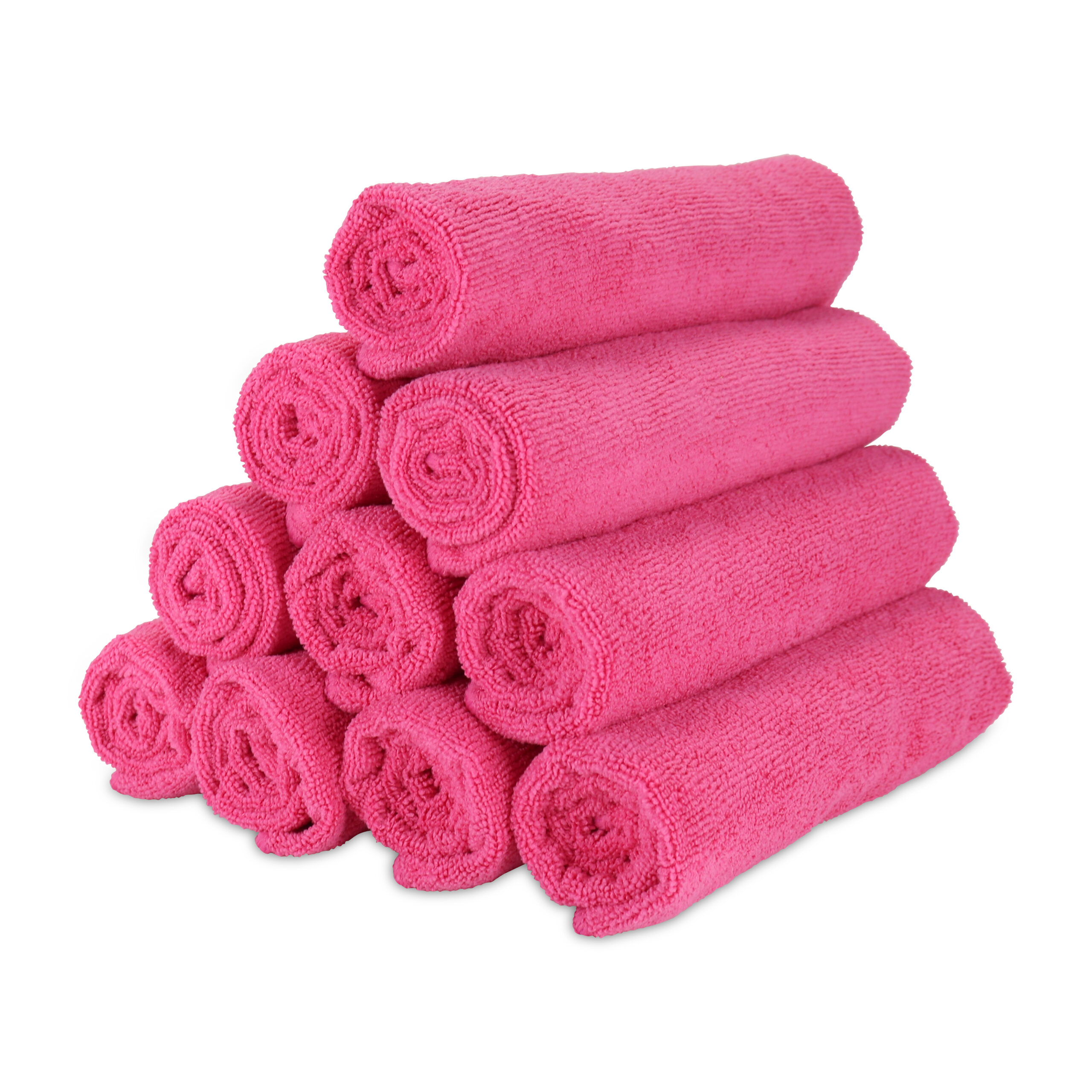
 Joe Olivo
Joe Olivo


